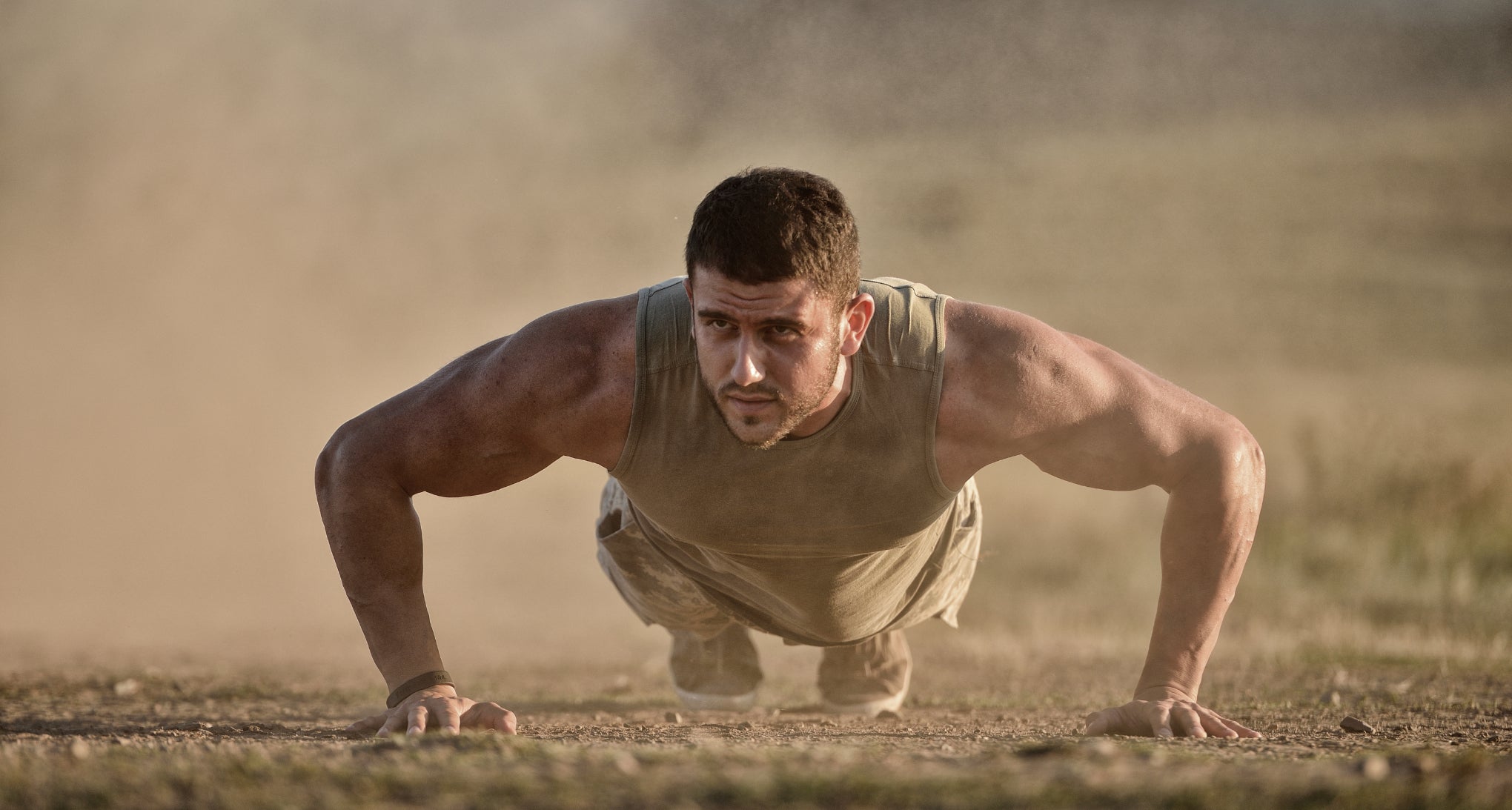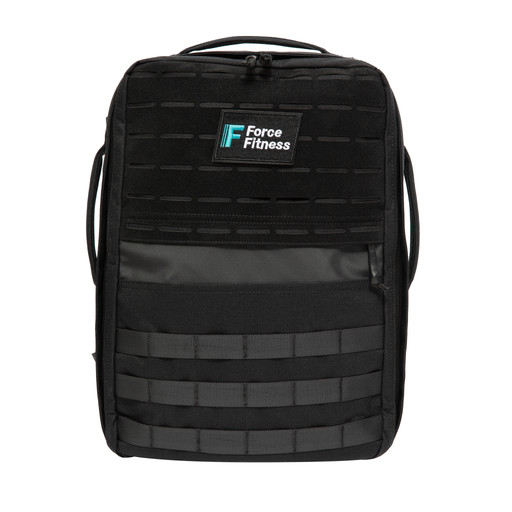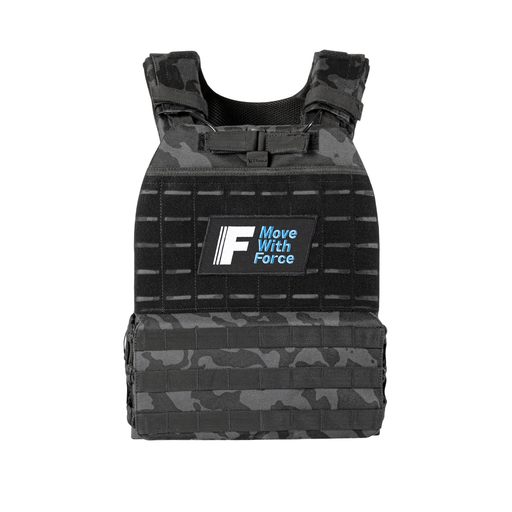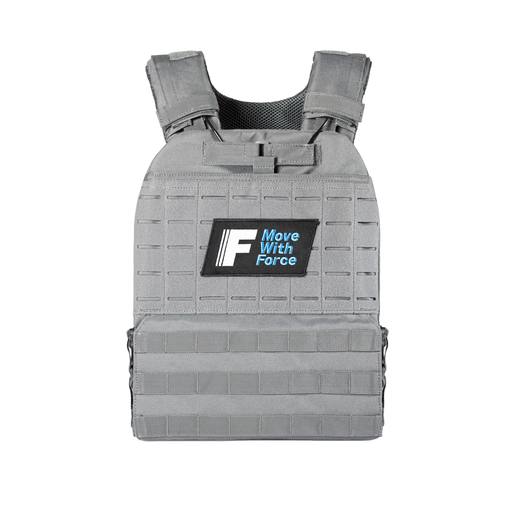
Mission-Ready Fitness: How to Train for Strength and Speed in Any Environment
In unpredictable environments, your body is either an asset or a liability. Whether you’re training for an endurance challenge, preparing for real-world operational demands, or just want to push your physical limits, one thing is certain: your fitness must be versatile.
You need to be strong, fast, and durable. Not just in the gym, but anywhere.
Welcome to mission-ready fitness. This is how to train for strength and speed in any environment.
What Is Mission-Ready Fitness?
Mission-ready fitness isn’t about looking good under downlights or chasing arbitrary gym numbers. It’s about being able to perform under load, under stress, and under pressure.
Think of special operations forces, mountain guides, wildland firefighters, or search and rescue teams. They don’t have the luxury of perfect conditions. Neither should you.
Mission-ready fitness means:
-
Strength that transfers to real-world movement
-
Speed and agility across variable terrain
-
Endurance that doesn’t quit after 45 minutes
-
Mental resilience under stress
-
A body that’s capable anywhere, with minimal kit
Train Anywhere: The Environment is Not the Limitation
Forget ideal gym conditions. Real training happens in the elements—cold, heat, hills, sand, gravel, mud.
The best way to build mission-ready fitness is to adapt your training to different environments. Use your environment as resistance. Embrace variability.
Here’s how to take control of your training no matter where you are:
Urban:
Use staircases, alleyways, ledges, and park benches. Sprint up parking garage ramps. Carry weighted packs through your city streets. Do pull-ups on scaffolding.
Outdoor:
Trails, hills, sand dunes, and forest paths all build grip, ankle stability, and explosive force. Run or ruck off-road. Do sandbag cleans or vest burpees on uneven terrain.
At-Home or Minimal Kit:
Use a weighted vest, a sandbag, or your own bodyweight. Rotate between power, strength, and speed-focused movements. Master control before chasing volume.
The mission doesn’t wait for good weather or perfect equipment. Neither should your training.
Strength and Speed: Why You Need Both
Strength is your ability to generate force. Speed is how quickly you can apply it. When combined, they create power—your ability to act decisively and explosively.
Many people train one at the expense of the other. That’s a mistake.
For mission-ready performance, you need:
-
Strength for carrying load, climbing, pushing, pulling
-
Speed for sprinting, evading, closing distance, or reacting
-
Power to jump, tackle, and overcome obstacles
-
Endurance to sustain it all under fatigue
Here’s how to program for both, even with minimal gear.
Building Strength in Any Environment
You don’t need barbells to get strong. You need resistance, control, and tension. Use tools that fight back—gravity, weight, terrain, or your own body.
Use these methods:
Bodyweight Under Load
Add a weighted vest to:
-
Push-ups
-
Pull-ups
-
Dips
-
Lunges
-
Squats
-
Crawls
Weighted calisthenics builds high-strength output and joint stability.
Sandbag Training
Sandbags shift and move. That instability forces your body to stabilize every rep. Use them for:
-
Cleans and presses
-
Carries (bear hug, shoulder, overhead)
-
Squats and lunges
-
Ground-to-shoulder lifts
Isometric and Eccentric Control
Add pauses, slow negatives, and holds to amplify strength with no extra load. Example:
-
5-second negative pull-ups
-
Pause squats at the bottom
-
Isometric wall sits or push-up holds
Progressively increase time under tension to build strength anywhere.
Developing Speed and Explosiveness
Speed isn't just for sprinters. It’s what lets you react quickly, escape danger, or overpower resistance. Train it deliberately.
Try this:
Sprint Intervals
Find a hill, trail, or pavement stretch. Sprint for 10–40 seconds. Walk back. Repeat. Build capacity while training fast-twitch muscle fibers.
Plyometric Drills
Box jumps, broad jumps, skater hops, clapping push-ups. These develop explosive power and coordination. Add a vest for more challenge.
Contrast Training
Pair heavy or slow strength movements with an explosive one:
-
Sandbag squats → squat jumps
-
Weighted push-ups → clap push-ups
-
Pull-up holds → explosive pull-ups
This trains your body to activate fast-twitch fibers right after heavy work.
A Sample Mission-Ready Session
No gym. No excuses. All you need is a vest or sandbag and a patch of ground.
Warm-Up (5-7 minutes):
-
2 minutes of jumping jacks or jogging
-
10 arm circles (each direction)
-
10 squats
-
10 push-ups
-
30-second bear crawl
Strength & Speed Superset (3 rounds):
-
6 weighted squats (vest or sandbag)
-
6 squat jumps
-
6 sandbag overhead presses
-
6 explosive push-ups
-
30 seconds rest
Conditioning Finisher (2-3 rounds):
-
20 seconds high knees
-
20 seconds sandbag ground-to-shoulder
-
20 seconds mountain climbers
-
40 seconds rest
Cool Down (optional):
-
3 minutes easy walking or crawling
-
Stretch quads, hamstrings, chest, and shoulders
Adapt reps and sets based on your level. Don’t rush. Control every movement under load. Then explode.
How to Progress Over Time
Mission-ready training isn’t about perfect periodization. It’s about adaptation.
Here’s how to evolve:
-
Increase load: Use a heavier vest or bag
-
Add instability: Train on uneven ground
-
Reduce rest: Increase density for conditioning
-
Add complexity: Move from basic to compound or combined movements
-
Track time, not just reps: Beat your own bests in performance and recovery
The goal isn’t perfection—it’s preparation. For anything.
Final Thoughts: Build the Body That’s Ready for Anything
Mission-ready fitness means being able to perform—anywhere, anytime, under any conditions. It’s the kind of strength and speed that doesn’t rely on a gym or ideal setup.
It’s forged in simplicity, discipline, and intent.
So throw on a vest, grab a sandbag, step outside, and put in the work. The environment is your gym. Your body is your tool. The mission starts now.

















